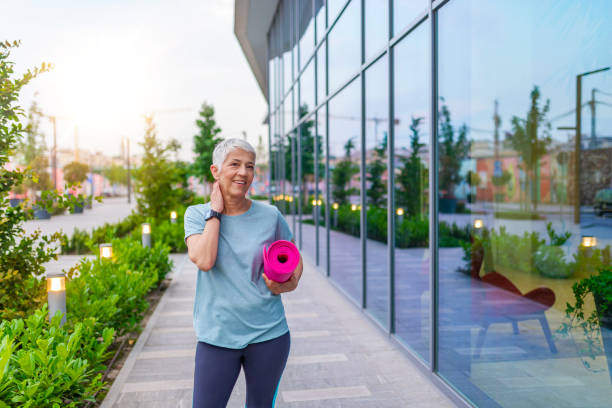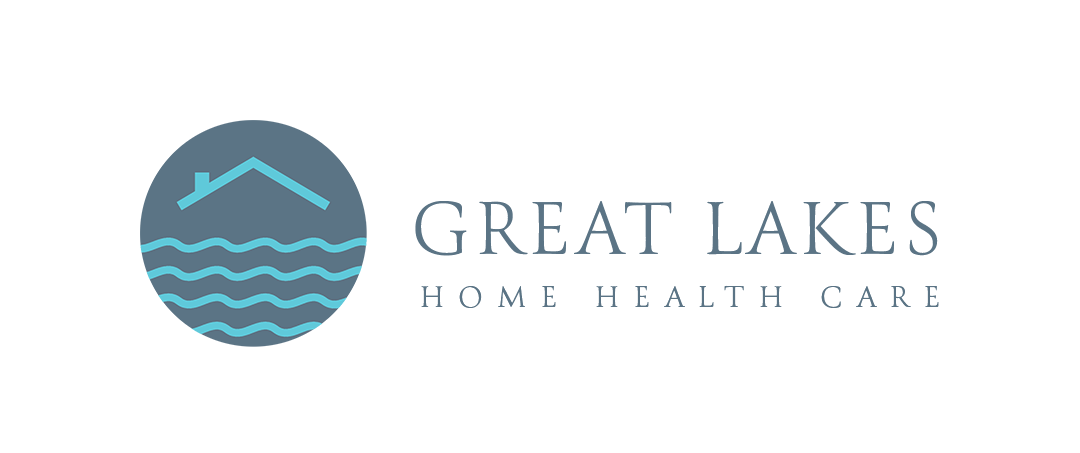Staying active as we age is crucial for maintaining physical health, mental well-being, and overall quality of life. However, older adults often face unique challenges when it comes to fitness, including managing chronic conditions, mobility limitations, and finding activities that are both enjoyable and safe.
This blog provides essential fitness tips tailored specifically for older adults, ensuring they can stay active, healthy, and vibrant all year long. From low-impact exercises to tips on staying motivated, we’ll explore practical ways to integrate physical activity into your daily routine, regardless of your fitness level.
Contents
Key Fitness Tips for Older Adults
Below are some key tips to help older adults get started and stay motivated on their fitness journey:
Start with Low-Impact Exercises
Low-impact exercises are ideal for older adults as they minimize the strain on joints while still providing the benefits of physical activity. Walking, swimming, tai chi, and yoga are excellent options that can help improve balance, flexibility, and strength without overexerting yourself.
Build a Balanced Routine
Aim to create a balanced exercise routine that includes aerobic activities, strength training, balance exercises, and flexibility workouts. This comprehensive approach ensures all aspects of fitness are covered, which is particularly important for maintaining functional abilities and preventing falls.
Focus on Enjoyment
Find activities that you enjoy doing. Exercise doesn’t have to be tedious or a chore. Engaging in activities that you find pleasurable, such as dancing, gardening, or playing sports with friends, can significantly increase your motivation and make it easier to stick with a regular exercise routine.
Incorporate Social Activities
Consider joining a group exercise class or a walking group. Social interactions can enhance the enjoyment of physical activity and provide a supportive community. This not only improves your physical health but also contributes to your mental and emotional well-being.
Listen to Your Body
It’s crucial to listen to your body and understand its limits. If you experience pain or discomfort during an activity, stop and rest. Adjust your fitness plan as needed, and don’t hesitate to consult with healthcare providers or fitness professionals to ensure your activities are safe and appropriate for your health status.
Staying Consistent with Your Fitness Routine

Maintaining consistency in your fitness routine is key to reaping the long-term benefits of physical activity. Here are some strategies to help older adults stay on track:
Set Realistic Goals
Start by setting achievable fitness goals that are specific, measurable, attainable, relevant, and time-bound (SMART). This could be as simple as walking for 15 minutes a day, three times a week. Having clear goals helps to maintain focus and gives a sense of accomplishment when they’re met.
Use Technology to Your Advantage
Leverage technology to support your fitness journey. Fitness trackers can monitor your steps, heart rate, and even sleep patterns, providing valuable feedback on your progress. Additionally, numerous apps and online resources are offering guided exercises tailored for older adults.
Schedule Regular Check-ins
Regularly evaluate your fitness routine and progress. This could mean checking in with yourself monthly or having periodic appointments with a fitness coach or health advisor. These check-ins provide an opportunity to adjust your goals and routine as needed, ensuring they continue to meet your changing fitness levels and interests.
Celebrate Your Achievements
Don’t forget to celebrate your milestones, no matter how small they may seem. Acknowledging your successes is crucial for maintaining motivation and building confidence. Whether it’s reaching a new walking distance or simply sticking to your routine for a whole month, every achievement is worth celebrating.
By incorporating these strategies, older adults can enhance their ability to stay consistent with their fitness routines, leading to improved overall health and a more active, enjoyable lifestyle.
Adapting Fitness Plans for Changing Seasons
Adapting your fitness plan to the changing seasons is crucial for maintaining an active lifestyle throughout the year. Each season brings its own set of challenges and opportunities for physical activity, and being prepared can help you stay on track.
During warmer months, take advantage of the longer daylight hours by engaging in outdoor activities such as walking, cycling, or water aerobics. Protective measures like wearing sunscreen and staying hydrated are important to ensure safety in the heat. Conversely, colder months may require moving your exercise routine indoors. Home-based exercises, joining a gym, or participating in indoor swimming can keep you active without exposure to harsh weather conditions.
Additionally, seasonal activities like gardening in the spring or snowshoeing in the winter can provide enjoyable and healthy ways to embrace the changing environment while staying fit.
Remember, the key to an effective year-round fitness plan is flexibility and willingness to adapt. By adjusting your activities according to the season, you can maintain a balanced and enjoyable exercise routine that supports your health and wellness throughout the year.
Conclusion
Staying physically active is crucial for older adults to maintain good health and vitality. By incorporating low-impact exercises, building a balanced routine, focusing on enjoyment, and staying socially engaged, older adults can improve their overall well-being. Consistency and adaptability are also essential in maintaining a sustainable fitness routine that meets changing needs throughout the year. With these tips in mind, older adults can stay active, healthy, and independent for years to come.

